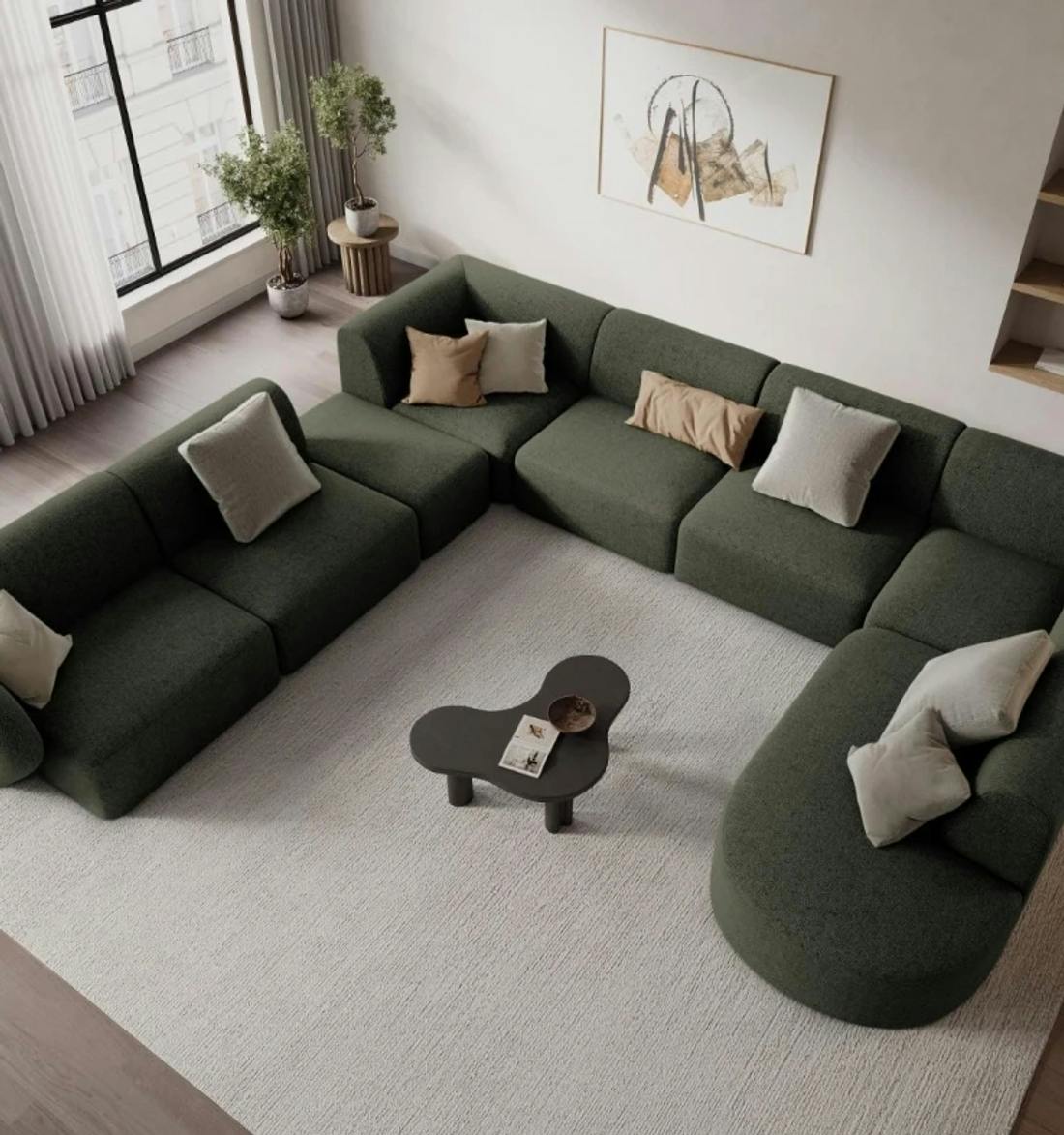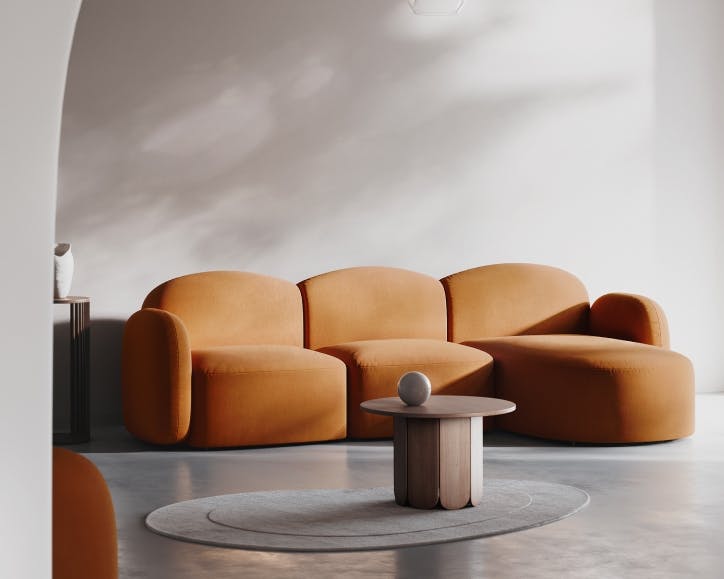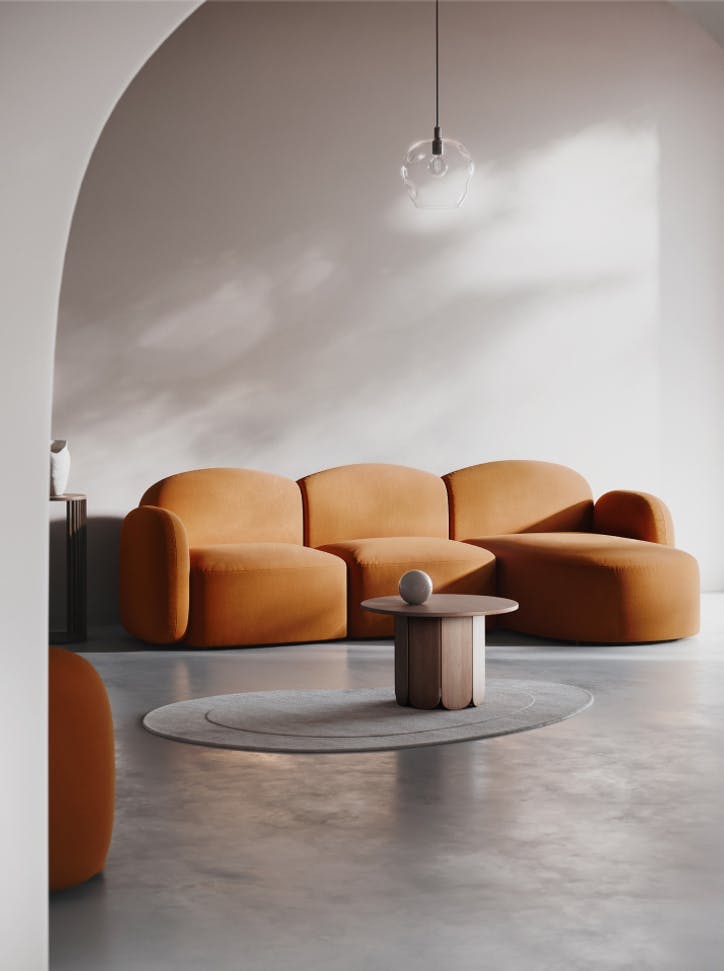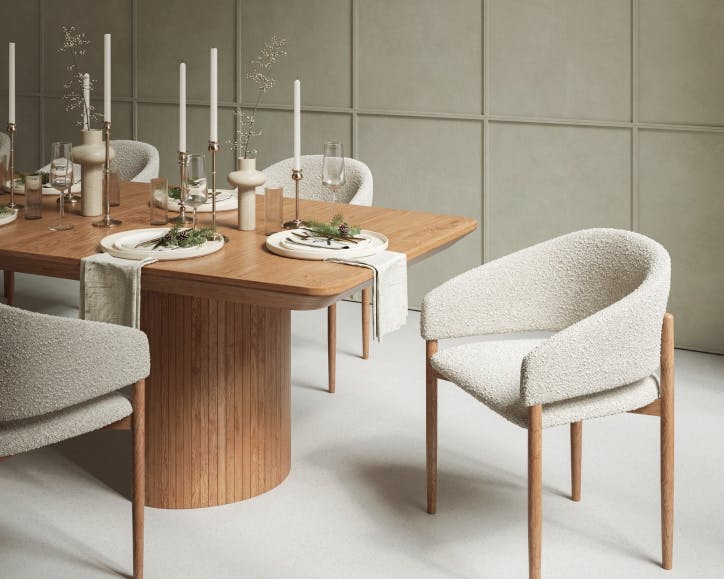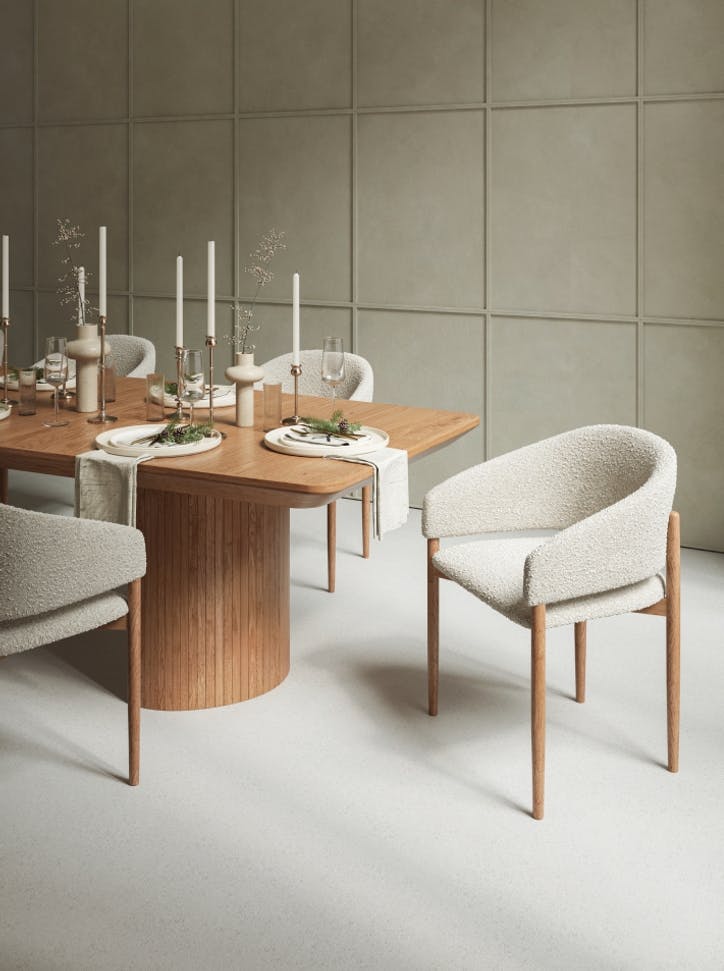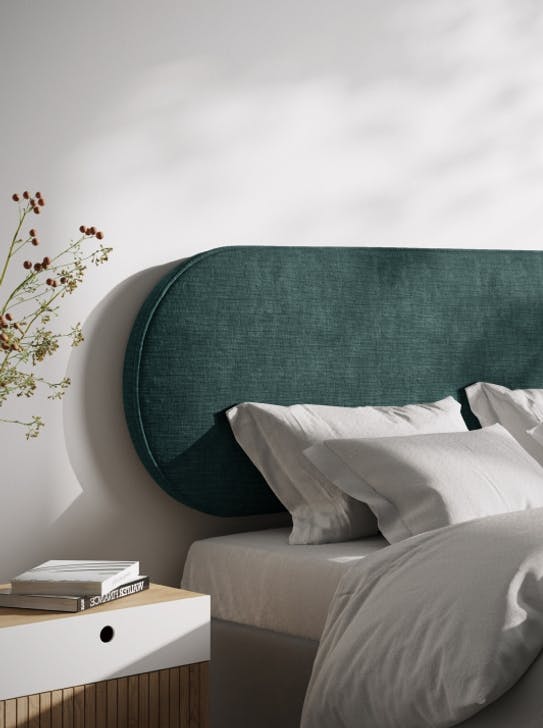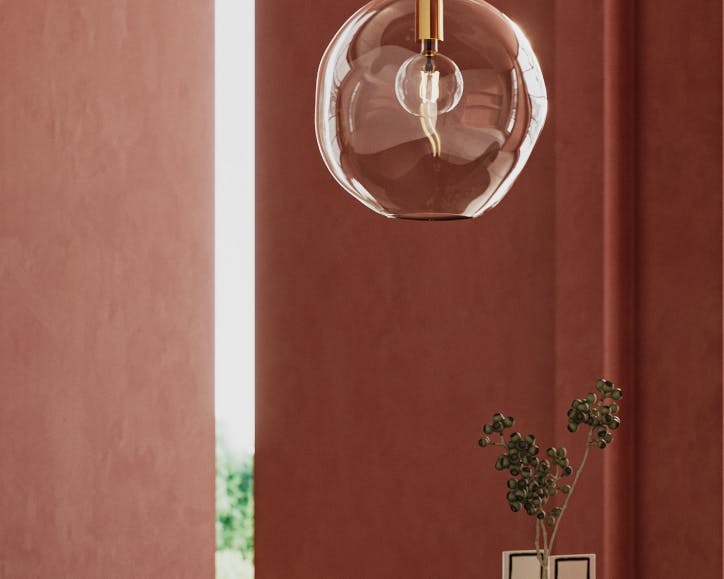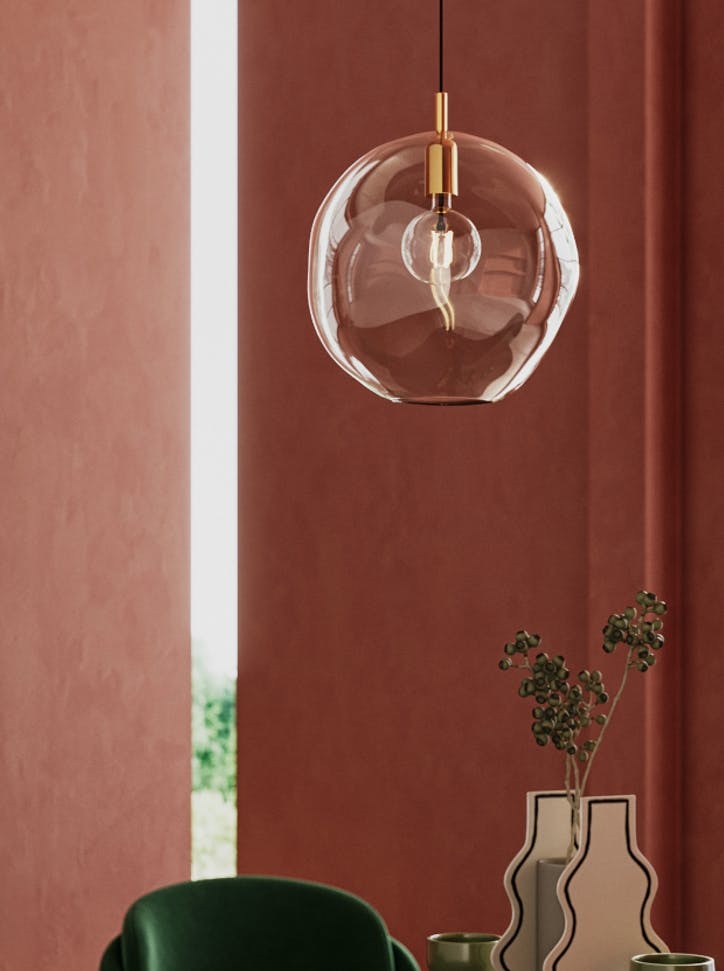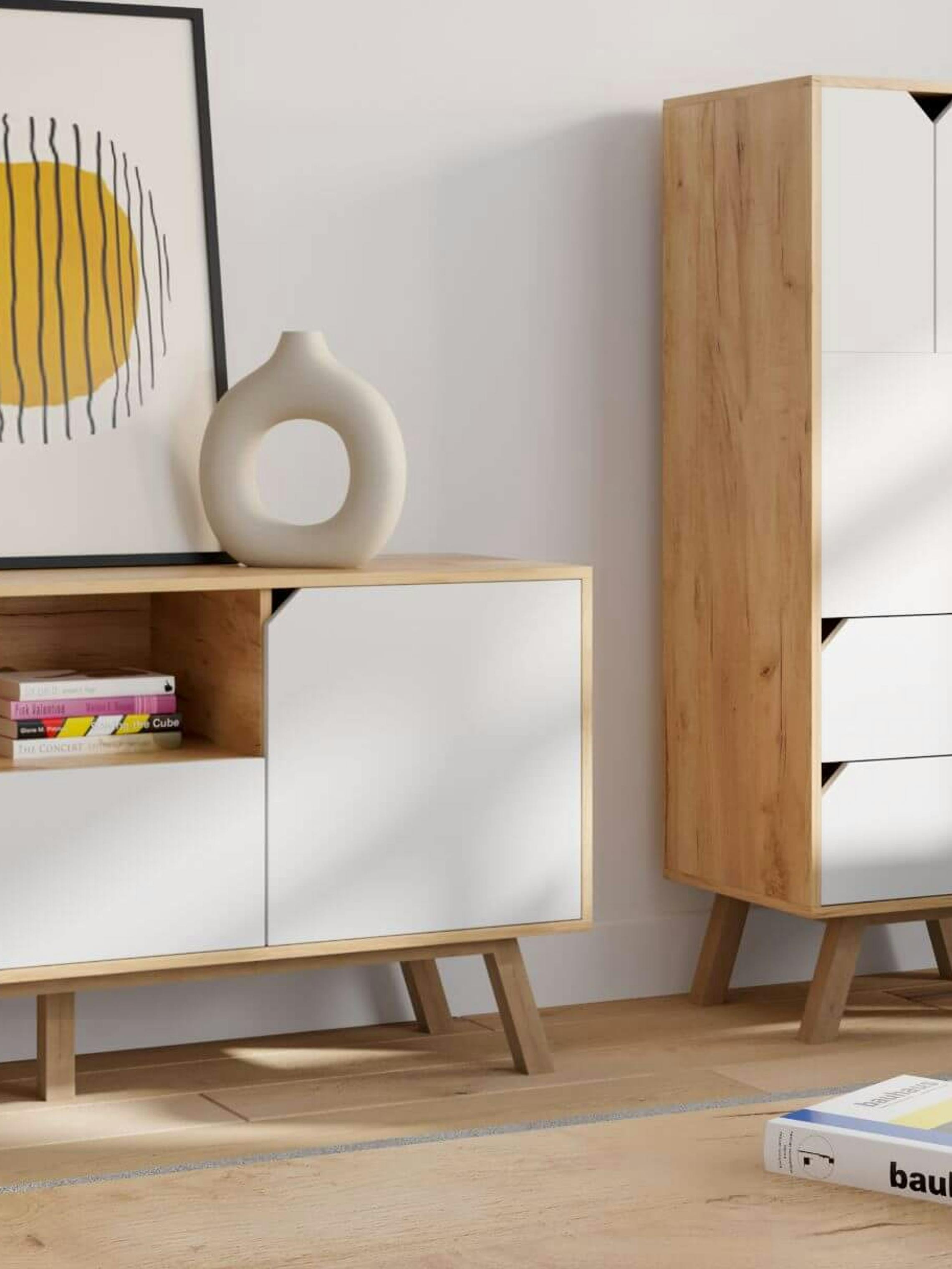
Transforming Small Spaces into Efficient Home Offices
In recent years, we have been increasingly using flexible work arrangements, that is to say, we have been work from home more and more. During the lockdown, we realized that many office activities could be done remotely. Although we soon returned to our desks, home office has become a standard in many companies. If you work from home, then a properly designed work space is a must. In this article you will find some inspiration on how to easily set up a home office.
Home office decorating ideas
Instead of a heavy desk, opt for something lighter. How about a home office table? Make sure it matches the color scheme and style of the room, to avoid creating dissonance.
hoose a soft chair with a secure back and armrests, and without wheels that could scratch the floor.
For storage, dressers with drawers or bookcases are best. You can also go for shelves to hang on the wall, a not too deep wall cabinet or a handy bookcase. With open shelves, it's best to set closed aesthetically pleasing boxes to organize things and protect them from dust.
On the wall above your desk, you'll find it useful to have a perforated board with storage accessories, where you can stash many small items.
The key to comfortable work is a lamp that gives directional light. To have more space on the table, you can place it behind the monitor, on a nearby bookcase, or attach it to the wall as a wall sconce.
A few potted plants will alleviate the stress that can be associated with work and improve the microclimate. Real potted plants with different heights, leaf shapes and pot textures look best. Add decorative accessories, artwork and candles to bring an informal atmosphere to your home office.
What is the best place for a small home office?
In modern homes and apartments, space is at a premium, so setting aside an entire room for remote work is not always possible. In recent years, homes have become more multifunctional and open than ever, so creative use of space is crucial.
You can set up a small office in any location of your home, preferably in the dining room or bedroom. The living room, the area around the kitchenette, the space under the stairs or the closet are also great solutions.
Consider the available lighting. Light is stimulating and can be as refreshing as the morning coffee. Above all, try to take advantage of the natural daylight. If you have a free space under the window then plan a home office corner near it. However, remember that the light shouldn’t fall directly on the computer screen.
In a small home office, the most important thing is to make full use of the available space. It will be optically larger with bright shades of walls, wood and textiles. What do I need for a small home office?
First of all, opt for multifunctional furniture. If it’s a desk, then with a drawer under the top, where you will store documents and accessories. If you choose a table - then with integrated shelves or an added extension. In narrow rooms you can work at a console or a dressing table. If they have drawers - all the better, but you can also create storage on the wall.
The function of a desk can be performed by a shelf attached to the wall at an appropriate height for work. Some models are equipped with drawers or an alcove underneath to accommodate a laptop.
In work we use electronic equipment more often than plain paper, so combination of a large monitor, a tangle of cables and chargers, headphones, external drives can become troublesome. It's a good idea to allot dedicated space for them: on the table, in special holders, on the walls or in drawers. Look around for modern ways to hide cables and organize them so they don't get in the way or disrupt the look of the room.
What Do I Need For a Small Home Office?
First of all, opt for multifunctional furniture. If it’s a desk, then with a drawer under the top, where you will store documents and accessories. If you choose a table - then with integrated shelves or an added extension.
In narrow rooms you can work at a console or a dressing table. If they have drawers - all the better, but you can also create storage on the wall.
The function of a desk can be performed by a shelf attached to the wall at an appropriate height for work. Some models are equipped with drawers or an alcove underneath to accommodate a laptop.
In work we use electronic equipment more often than plain paper, so combination of a large monitor, a tangle of cables and chargers, headphones, external drives can become troublesome. It's a good idea to allot dedicated space for them: on the table, in special holders, on the walls or in drawers. Look around for modern ways to hide cables and organize them so they don't get in the way or disrupt the look of the room.
What Do I Ned For a Small Home Office?
Ideas for decorating a small home office are many. First of all, use alcoves or unused corners in the living room, dining room or the bedroom.
Match them with a table, and hang shelves or cabinets above it. In case of a really small office, where every inch of space is precious, the shelves can even reach the ceiling. This is the perfect place for family mementos and documents. The shelves can't be too deep so that they don't cut off your overhead space and overwhelm you, so mount lighter storage solutions at eye level: narrow, undersized shelves, or a cork or perforated board with bins for stationery and computer accessories.
Below are some more ideas for a small apartment office.
In the living room
If you work in the living room, make your workspace stand out with a different wall color. Paint it the width of your desk, going as high as just below the ceiling. You'll create a kind of frame, and by painting part of the room, even in a darker color, you'll get an interesting effect.
A flexible workstation that you can take with you to the couch will work great as well. All you need is a laptop stand and a basket of accessories, which you can easily carry or store in the evening in a bookcase. You can set up and work at the common table just as well. Just add a lamp to illuminate your workstation and choose the most comfortable chair in the house. If your living room has an alcove, you can build in a narrow computer table with a pull-out keyboard shelf or a console with drawers. A folding chair that you can fold and hang behind the door will be a handy solution.
In the kitchen
In case of a kitchen that is open to the living room, you can arrange a computer station by a low partition wall. A narrow, high-placed laptop top can also be used for dining. Next to or below it, plan a shelf for storing office supplies. Instead of a chair, choose a bar stool with a backrest. In a larger kitchen, you're sure to find a spot in a corner or somewhere off to the side where you can mount a folding table to the wall. When you're not using it, you can lower it so it doesn't take up valuable space.
In the bedroom
A bedroom is usually not very spacious, but it is conducive to concentration. The easiest way to fit a desk in, is in the form of a narrow hanging shelf. Put a mirror on it and turn it into a dressing table in the evening. Also make use of the wall space next to the bed, where instead of a bedside table you can hang a shelf designed for work. Plan storage space under the top on the side of the bed for accessories useful before bedtime.
In any unoccupied corner
Look around, you're sure to have such a place: narrow, not very adjustable, where nothing fits. Surely you can fit a work console or a cut-to-size countertop and a few shelves in there. In a traditional study you isolate yourself from everything, but these days social and professional life are more closely intertwined. If you hang a few family photos on the wall, you create a home gallery at the same time.
When decorating your home, improvisation is inevitable, but the most important thing is good organization. Ideas for a home office in a small room require smart planning and buying. In Micadoni's offer you will find the Ombo series of furniture with a simple, minimalist form, referring to modern trends. Clean colors of laminates and legs in the form of an original frame make them fit into many design concepts. Desk, bookcase, chest of drawers and shelf will allow you to create a stylish place for effective work, even if you have little free space to spare.
Magazine edition
Exclusive Micadoni magazineCreating The Perfect Sleep Environment: Essential Bedroom Design Tips
A good night’s sleep is essential to our overall health and well-being. From improved cognitive functioning to better cardiovascular health, getting quality rest can help us stay energized and focused...
Bedroom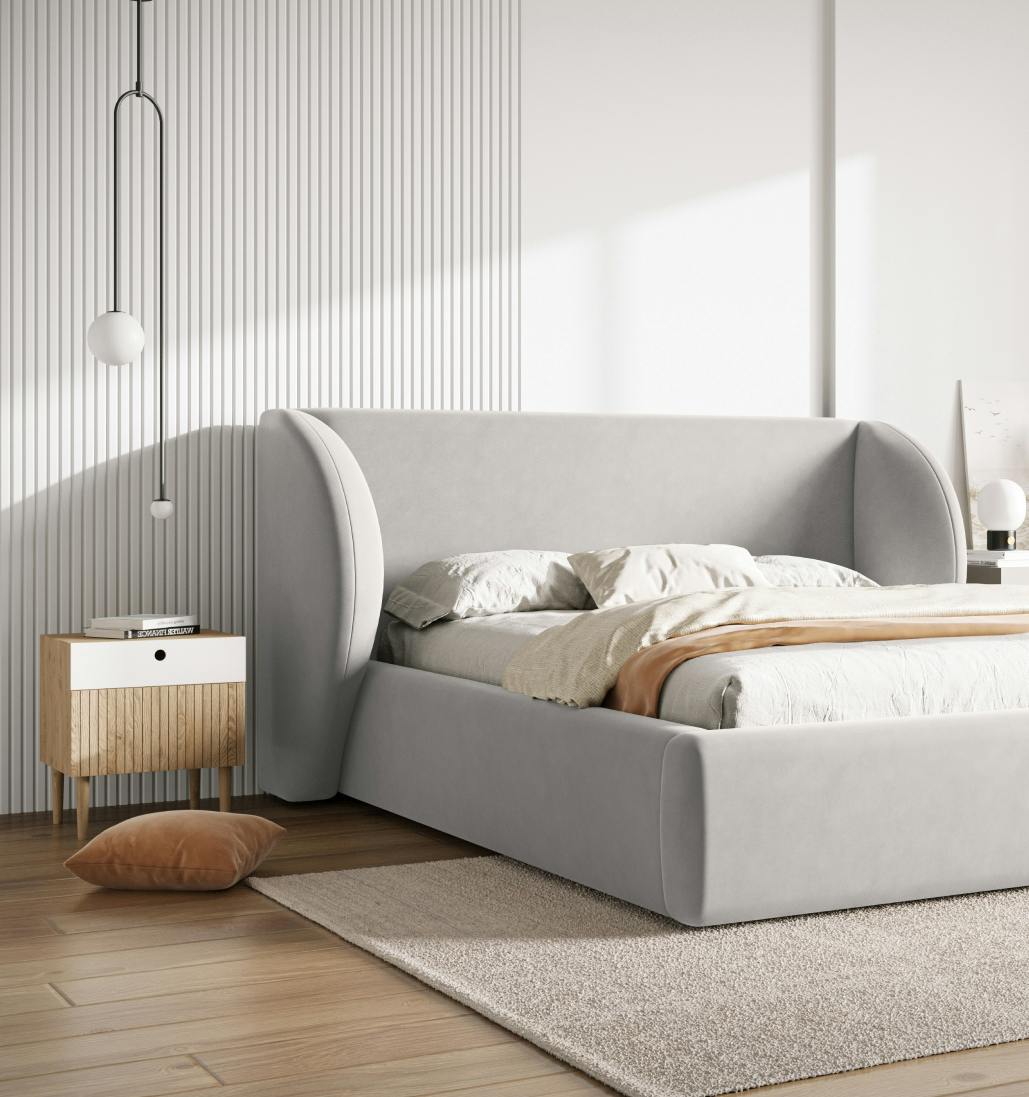
How To Stylishly Furnish Your Home In 2024: Top Interior Design Trends
Are you looking to furnish your home in 2024 stylishly? Dive into this guide for the latest interior design trends, decor tips, and expert advice to make your home a testament to modern elegance and c...
Interior Trends